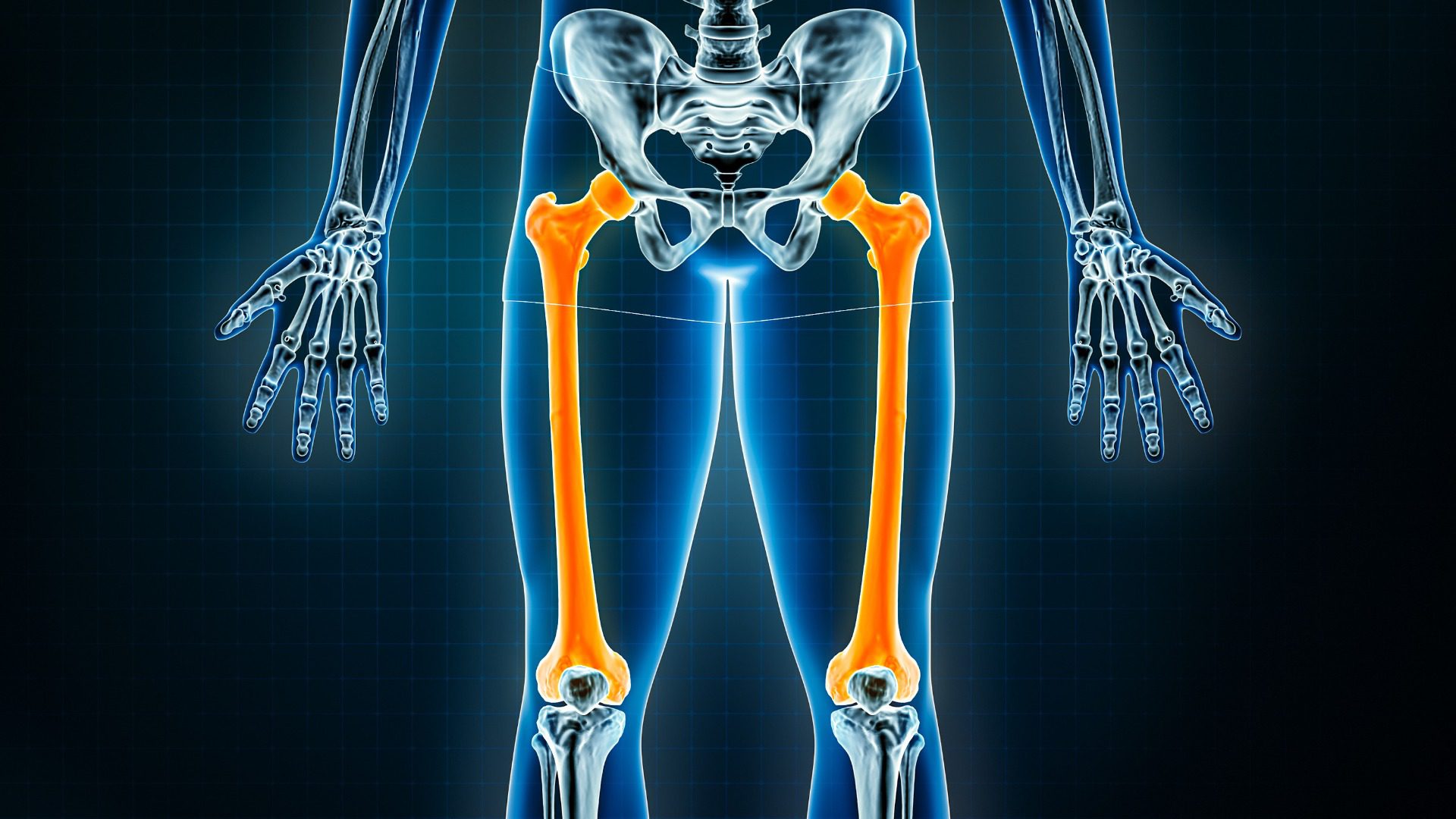Patient “Down-Fall” – What was the Cause?

Stacy L. Donnelly, RN, BSN, Nursing & Nursing Home Expert
On January 12, 2018, F.M. was admitted to CCR, a long-term care facility for 24-hour nursing and rehabilitation care. F.M.’s diagnoses included congestive heart failure, anemia, shortness of breath, edema, restless leg syndrome, A-Fib, diabetes, peripheral neuropathy, and osteoporosis.
F.M.’s clinical record contained multiple care plans, including one for her activities of daily living. The care plan interventions included that F.M. was to use a walker and have two staff members present for all transfers. In addition, F.M.’s clinical record contained various assessments by nurses, physicians, and physical and occupational therapies.
On February 6, 2018, F.M. was being transferred from her bed to her wheelchair by two staff members. F.M. was able to stand and balance herself using a walker for all transfers; however, required two staff members present in case she lost her balance. During this transfer, F.M. reported that she felt a popping in her knees and began experiencing pain. The nursing assistants who were assisting F.M. “lowered” her to the floor, onto her buttocks. The registered nurse on duty arrived to F.M.’s room and completed an assessment of F.M. In this assessment it was noted that F.M. had a skin tear on her left hip, and F.M. herself had verbalized that she was experiencing spasms in her legs. F.M.’s physician was notified, and an order was obtained to send F.M. to the emergency department for further evaluation. While at the emergency department, F.M. was diagnosed with bilateral comminuted fractures of her distal femoral shafts.
It was alleged that F.M. had experienced a fall and/or was “dropped” rather than having been lowered to the floor by staff, therefore causing the bilateral femur fractures.
I was retained to review this case. Upon review of the provided materials, it was determined that CCR had followed the appropriate standard of care for the care and treatment of F.M. In addition, it was recommended that a biomechanical engineer complete a review of the records to determine if the fractures F.M. experienced were consistent with a fall and/or being “dropped.” It was determined that F.M.’s fractures were not a result of the fall and/or “drop” to the floor but were consistent with a pathologic fracture related to her severe osteoporosis and weightbearing in a standing position. As such, the fractures were not the result of F.M. either having been dropped, or carefully lowered onto her buttocks.
Categories: Nursing Home Expert | Stacy L. Donnelly


